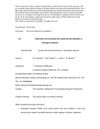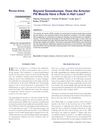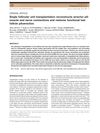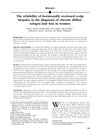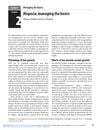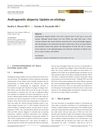Androgenetic Alopecia: Mechanisms and Progression
May 2015
in “
Hair transplant forum international
”
androgenetic alopecia AGA terminal follicles vellus-like follicles androgens miniaturization of follicles secondary follicles primary follicles arrector pili muscle APM hair follicle bulge reversible hair loss irreversible hair loss dermal sheath dermal papilla hair loss hair follicle muscle attachment

TLDR Androgenetic alopecia causes hair loss by shrinking hair follicles due to androgens, with the connection between the muscle and hair follicle determining if the loss is reversible.
Androgenetic alopecia (AGA) is a condition that causes hair loss in a specific pattern on the scalp. It is characterized by the transformation of large terminal follicles into smaller vellus-like ones due to the effects of androgens. The miniaturization of follicles occurs gradually, with secondary follicles being affected first and primary follicles being affected last. The attachment between the arrector pili muscle (APM) and the hair follicle bulge plays a significant role in determining whether hair loss is reversible or irreversible. Preservation of the APM is associated with reversible hair loss, while loss of attachment between the APM and the bulge leads to irreversible or partially reversible hair loss. The interaction between the APM and the follicle bulge is crucial for maintaining hair follicle integrity. The loss of cells from the dermal sheath and dermal papilla contributes to hair follicle miniaturization. The authors propose a new model for AGA, which explains the progression of hair loss and the factors that determine reversibility.
